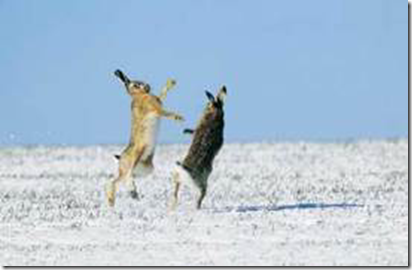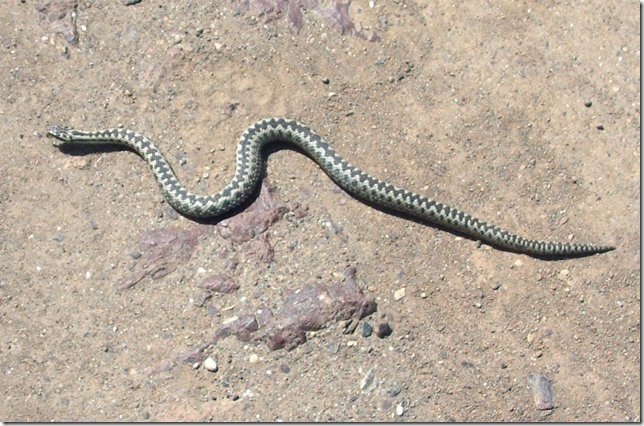February Wildlife Notes No 8
I do hope by the time you read these notes there will be some relaxation, and you will have the chance of the vaccination, and soon you will be free to roam again. LC
Winter is a chilly and uncomfortable time for us humans, but just for a moment have a thought for the creatures of the natural world, where winter is more a matter for surviving.
Keep feeding the birds!
The Mendips plateau can seem deserted of life in winter. It is 800 ft. higher than Wells.
Any birds and animals that can do so, move down to the lowlands, or like reptiles, amphibians and many insects go into hibernation.
Even so a walk around Charterhouse or Priddy can have its compensations. Misty mornings can be magical especially as the sun finally breaks through.
Also with fewer humans around deer can be more approachable. Roe deer are the most common, but Muntjac are also about, the best times are, as always, early morning, and late as dusk approaches.
Soon I will be looking forward to ‘Mad’ March Hares boxing and chasing each other across the open fields.
March hares

March Hares:From Nature Watch (Not my photo but such a good shot I had to include it - LC)
It is not necessary to wait for March, it can happen any time between late winter and mid spring.
I always thought it was a male chasing a female but recent research finds it can also be two females or two males
– it must be just for the joy of spring as the sun gets warmer on the land.
Another spectacle that is often referred to in nature is the ‘Dance of the Adders’
Male adder The Gower 2019 LC

Male adders ‘dance’, soon after emergence in early spring (snakes are emerging earlier and earlier in recent years and February would not be exceptional). They will be looking for females and if any other male gets in the way they engage in a trial of strength entwining around each other, trying to push the other one down. The larger male usually wins. Much more civilized than trying to kill each other.
One awful day I found 5 adders on Black Down with their backs broken. I caught up with a man with a stick and a dog, who proudly admitted he had killed them!
I rarely swear but this was an exception!
Early spring is the best time to spot adders while they are sun bathing and warming up, they are still sluggish and easier to approach.
Adders are not aggressive. But you need to treat them with respect. Human casualties are rare - fewer than, for example from bee stings. An adder bite can certainly kill a dog (usually when a careless owner has let their dog free to roll in thick undergrowth, or chasing out rabbits and disturbing nesting birds),
Because of national restrictions we won’t be able to have our yearly organised adder walk this spring. If you are able to get to adder locations please remember they play a useful role in the natural ecosystem, that they are a protected species, and much rarer and localised than they used be, so give them space and respect.
Les Cloutman
Wookey Hole
PS: I have mentioned ‘our Dippers’ in Wookey Hole on the river Axe, and that they have been missing – well they are back! I have counted probably 2 pairs. They are one of the first birds to nest – close to the water where they will be vulnerable to the unpredictable flash floods we seem to be having on too regular basis.
Listen out for the male singing.
Please let me know of any sightings – but in doing so please disturb them as little as possible.
